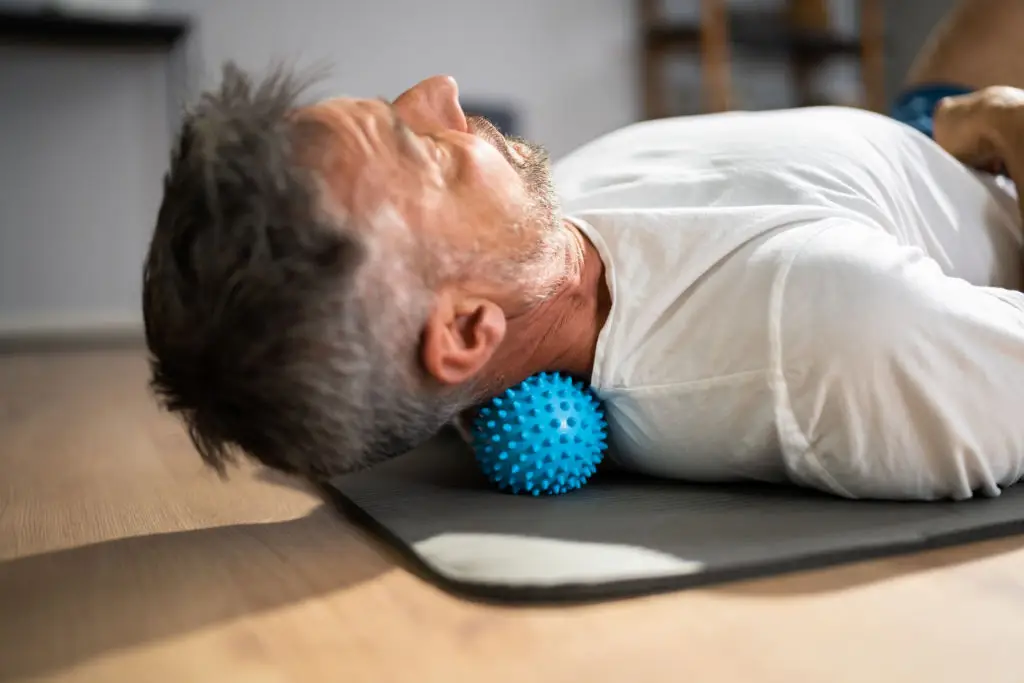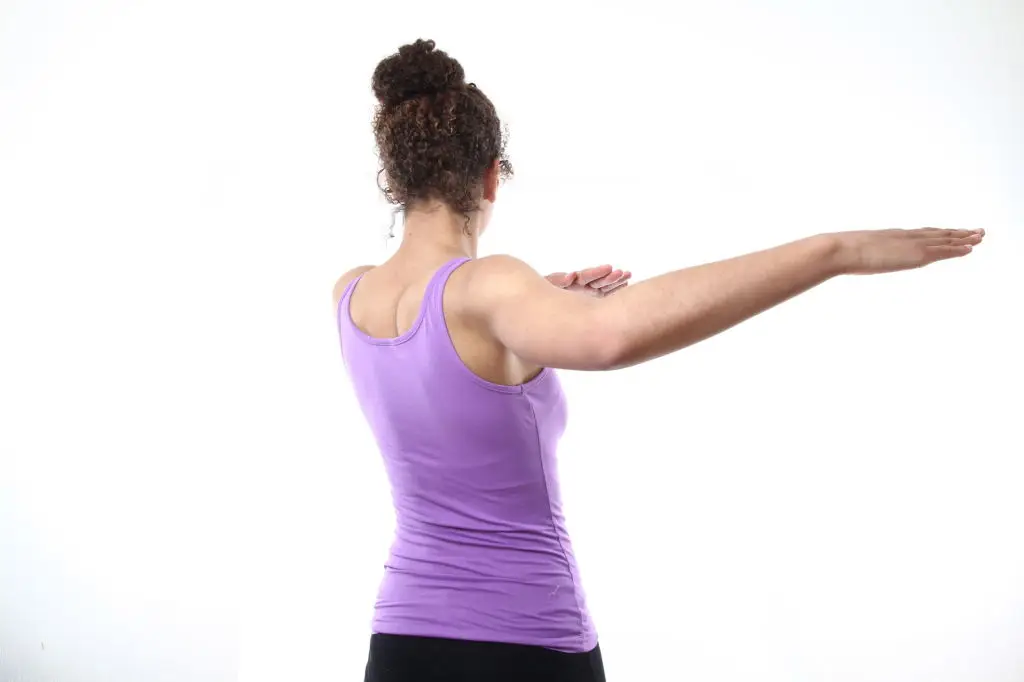Reverse the "Sitting Disease": 11 Essential Stretches You Can Do Right Now
We spend a lot of hours sitting, often without thinking about how our bodies respond. Sitting for long stretches shortens some muscles and weakens others, which can lead to stiffness, pain, and low energy. These effects are commonly called "sitting disease," a simple way to describe the wear that prolonged inactivity can place on circulation, joints, and posture. The good news is that short, targeted stretches can interrupt that pattern and help restore mobility, ease tension, and improve how you feel during the day. This post offers eleven gentle, practical stretches you can do right where you are—at your desk, beside your chair, or on a quick walk break. Each stretch includes clear steps, breathing cues, and an easy modification so you can match the move to your current ability. Start with just one or two stretches and build up; consistency matters more than intensity. If you have ongoing pain, a recent injury, or a diagnosed condition, check with a healthcare provider before trying new movements. Otherwise, these moves are designed to be approachable and effective for most people who sit a lot. Try the sequence now, notice how your body responds, and use it as a simple daily reset that supports better posture and greater comfort over time.
1. Neck release: gentle cervical mobility

Why your neck feels tight: long hours looking down at screens or forward toward documents leads to muscle strain in the back of the neck and tension in the upper shoulders. Start seated with your feet flat and your spine tall. Breathe in slowly, then as you exhale, drop your right ear toward your right shoulder and use your right hand to apply very light pressure just above the collarbone. Hold for 30 seconds while taking steady breaths, then slowly roll your chin down toward your chest and gently lift your head to center. Repeat the first side and then perform the same steps on the left. For a small progression, rotate the chin slightly upward toward the ceiling before returning to center to add a little extension—only if that feels comfortable. If your range is limited, shorten the hold to 10–15 seconds and repeat more often. Stop immediately with sharp pain, sudden dizziness, or new numbness; those are signs to consult a clinician. This neck release helps relieve stiffness, improves head mobility, and cues better alignment for the rest of your spine.
2. Upper-trap shoulder roll and release

Rounded shoulders and a tight upper trapezius are common after long desk sessions. Begin seated with your spine neutral and both feet on the floor. Inhale as you draw your shoulders up toward the ears, pause briefly, and then exhale while rolling them back and down in a smooth motion. Repeat this five to eight times to mobilize the shoulder girdle and encourage scapular motion. Next, find a tennis ball or a small massage ball and place it between your upper-trap and a wall, then lean into the ball gently and roll across tender spots for 20–30 seconds each side. If a ball feels too intense, use your thumb and fingers to knead the area with light pressure while breathing slowly. These techniques release trigger points and reduce shoulder tension, helping you lift the chest without strain. If you have shoulder instability, keep the movements small and avoid heavy pressure; consult a physical therapist for hands-on guidance and tailored progressions.
